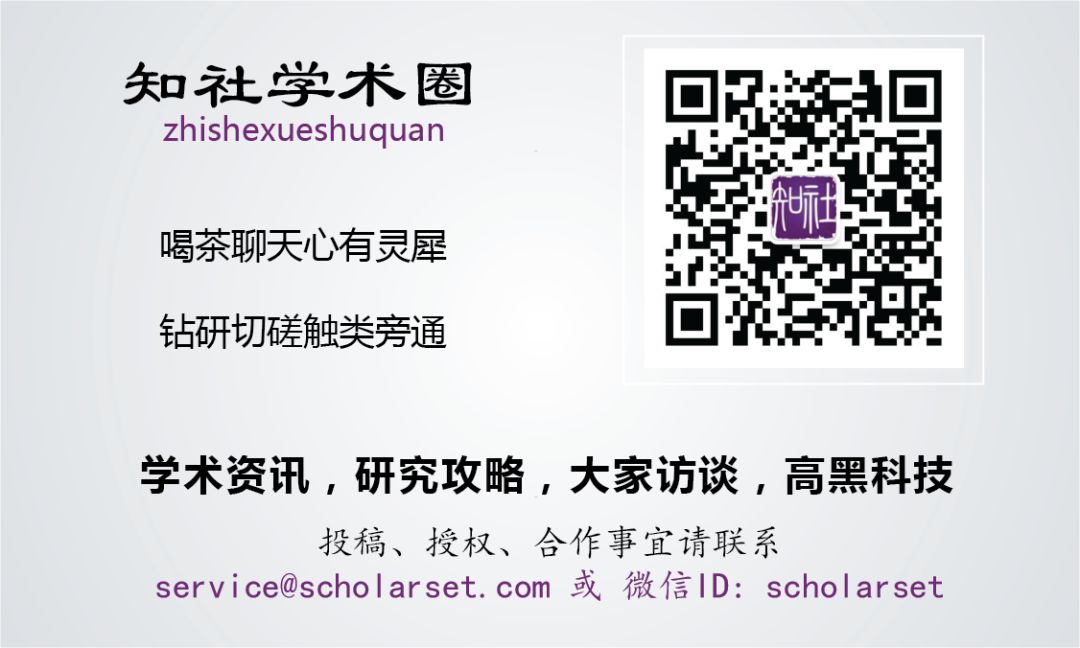布里斯托大学Armstrong博士课题组招聘博士奖学金学生
海归学者发起的公益学术平台
分享信息,整合资源
交流学术,偶尔风月

申请流程:
项目信息
using advanced 3d bioprinting techniques to assemble complex models of the blood-brain barrier
supervisors
dr james armstrong bristol medical school, university of bristol
dr liliang ouyang mechanical engineering, tsinghua university
prof. adam perriman cellular & molecular medicine, university of bristol
rationale
the blood-brain barrier (bbb) is a complex multicellular structure that ively regulates transport from the circulating
blood into the extracellular fluid of the central nervous system. for instance, this barrier permits the transport of essential
hormones and nutrients, while restricting passage of immune factors and pathogens.[1] the anatomical inaccessibility of the
bbb has restricted most studies to animal models, however this poses both ethical and technical challenges. this has led to
immense interest in tissue engineered models that can reproduce the structure and function of the bbb, however, it remains
a major challenge to re the physiological organization of the three discrete cell types. here, we will use two state-ofthe-art bioprinting methods to assemble tricultures of endothelial cells, pericytes, and astrocytes into a perfusable
microvascular network. this model will enable the interrogation into the structure-function relationships of barrier transport
in physiology and disease.[2] in addition, this will provide an accessible in vitro platform to test nanomaterial or ultrasoundbased therapeutic strategies that aim to bypass or disrupt the bbb in order to aid neurological drug uptake.[3-4]
aims & objectives
this is an interdisciplinary research project incorporating both engineering and translational biological research
- objective 1: to use two advanced bioprinting technologies to engineer the first perfusable, tri-culture model of the bbb
containing all three major cell components assembled within their native configuration.
- objective 2: to interrogate how fluid flow mechanics, disease-relevant genetic perturbations, and therapeutic interventions
(e.g., ultrasound or nanomaterial vectors) affect the multicellular interactions and ive barrier function of the bbb.
methods
this internationally collaborative phd project will be supervised between the university of bristol and tsinghua university,
institutions that are ranked 9th in uk and 1st in china, respectively (qs world university rankings 2021). the supervisory
team has extensive experience in developing bioprinting strategies that can be used to engineer complex tissues,[5-13] and in
this project, the student will take advantage of two state-of-the-art bioprinting methods recently pioneered by dr ouyang
and dr armstrong. void-free 3d bioprinting[5] will be used to fabricate gelatin methacryloyl (gelma) hydrogels with
perfusable vasculature of endothelial cells and pericytes. astrocytes will then be incorporated into the gelma matrix by
printing astrocyte-laden complementary network bioinks.[6] this tri-culture will be optimized and then systematically
perturbed by genetic modification, focused ultrasound stimulation, and drug exposure, with the effects upon cell
morphology characterized using immunofluorescence staining, live-cell confocal fluorescence microscopy, and electron
microscopy. this project will benefit from advanced bioprinting facilities available at both tsinghua university (via dr
ouyang) and the bristol centre for bioprinting (directed by prof. perriman), while dr armstrong provides leading expertise
in 3d cell culture, tissue engineering, and biological characterization. full training will be provided for all methods.
references
[1] r pandit, l chen & j götz “the blood-brain barrier: physiology and strategies for drug delivery” advanced drug
delivery reviews (2020).
[2] md sweeney, ap sagare & bv zlokovic “blood-brain barrier breakdown in alzheimer disease and other
neurodegenerative disorders” nature reviews neurology (2018).
[3] n lipsman, y meng, aj bethune, y huang, b lam, m masellis, n herrmann, c heyn, i aubert, a boutet, gs smith, k
hynynen & se black “blood-brain barrier opening in alzheimer’s disease using mr-guided focused ultrasound”
nature communications (2018).
[4] gc terstappen, ah meyer, rd bell & w zhang “strategies for delivering therapeutics across the blood-brain barrier”
nature reviews drug discovery (2021).
[5] l ouyang, jpk armstrong, q chen, y lin & mm stevens “void-free 3d bioprinting for in-situ endothelialization and
microfluidic perfusion” advanced functional materials (2020).
[6] l ouyang, jpk armstrong, y lin, jp wojciechowski, c lee-reeves, d hachim, k zhou, ja burdick & mm stevens
“expanding and optimizing 3d bioprinting capabilities using complementary network bioinks” science advances
(2020).[7] l ouyang, jpk armstrong, m salmeron-sanchez & mm stevens “assembling living building blocks to engineer
complex tissues” advanced functional materials (2020).
[8] c li, l ouyang, jpk armstrong & mm stevens “advances in the fabrication of biomaterials for gradient tissue
engineering” trends in biotechnology (2020).
[9] s correia carreira, r begum & aw perriman “3d bioprinting: the emergence of programmable biodesign”
advanced healthcare materials (2020).
[10] jpk armstrong & mm stevens “emerging technologies for tissue engineering: from gene editing to personalized
medicine” tissue engineering part a (2019).
[11] ad graham, sn olof, mj burke, jpk armstrong, ea mikhailova, jg nicholson, sj box, fg szele, aw perriman & h
bayley “high-resolution patterned cellular constructs by droplet-based 3d printing” scientific reports (2017).
[12] l ouyang, cb highley, w sun & ja burdick “a generalizable strategy for the 3d bioprinting of hydrogels from
nonviscous photo-crosslinkable inks” advanced materials (2017).
[13] jpk armstrong, m burke, bm carter, sa davis & aw perriman “3d bioprinting using a templated porous bioink”
advanced healthcare materials (2016).

点击下方小程序卡片进入知社人才招聘广场,浏览招聘信息;招聘发布攻略请点击“阅读原文”获取。
知社助手 , 交易担保 , 放心买 , 知社人才广场 小程序
扩展阅读
本文系网易新闻·网易号“各有态度”特色内容
媒体转载联系授权请看下方
